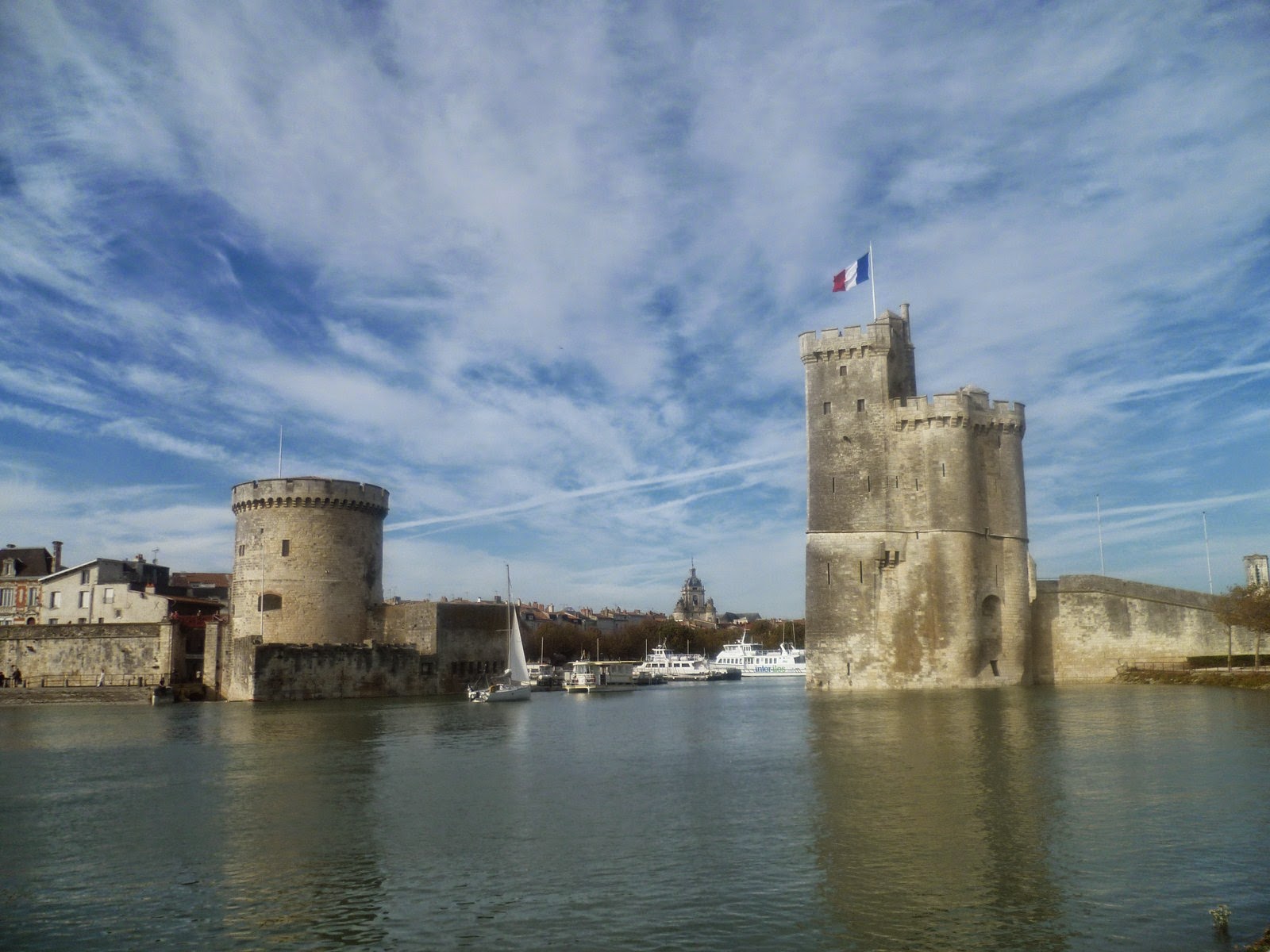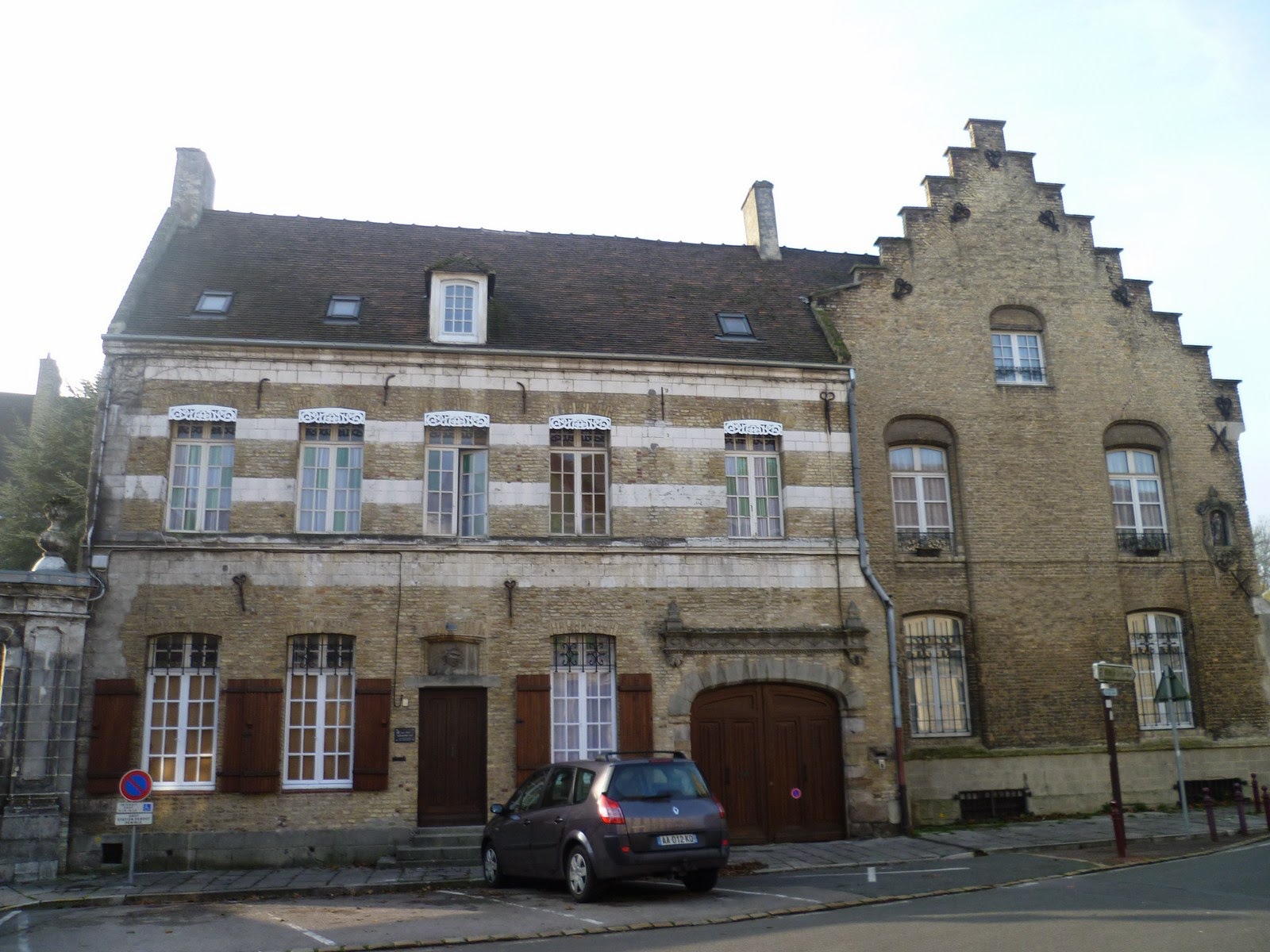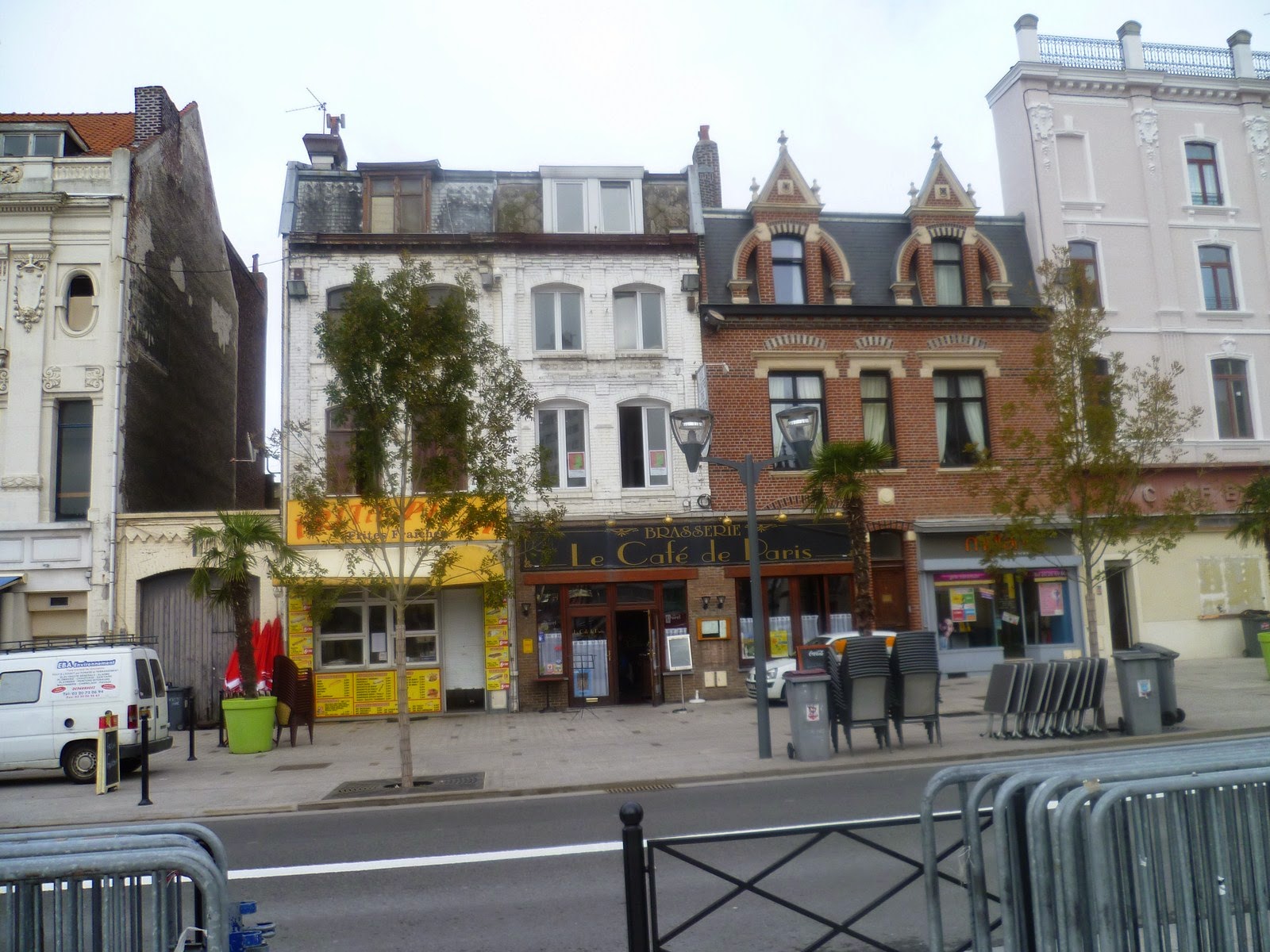La Rochelle es una ciudad portuaria a medio camino entre la Bretaña francesa y el País Vasco francés, que lleva operando desde el siglo XI. Durante la Guerra de los Cien Años permaneció en manos inglesas hasta 1372, cuando la flota castellana, aliada de Francia, derrotó a los británicos en la Batalla de la Rochella. Durante las Guerras de Religión francesas, fue de facto la capital protestante, hasta que por la política religiosa de Estado, muchos de sus habitantes se marchan a América, fundando la Nouvelle Rochelle en 1688 en el Estado de Nueva York. Durante los siglos de tráfico de esclavos, cierra el triángulo de África-Europa-Caribe, convirtiéndose en el segundo puerto francés de mayor tráfico de esclavos. Durante la Segunda Guerra Mundial los alemanes tuvieron en La Rochelle una de sus bases más importantes de submarinos en Francia. Aún hoy día se puede ver. La Rochelle es una de esas ciudades portuarias que debido a sus defensas y baluartes, se convierten en escenarios naturales para rodaje de filmes relacionados con barcos de época.
La Rochelle is a port halfway between Brittany and the french Basque Country, which has been operating since the eleventh century. During the Hundred Years' War it remained in English hands until 1372, when the Spanish fleet, ally of France, defeated the British at the Battle of Rochella. During the French Wars of Religion, it was de facto Protestant capital, until because of the religious policy of the state, many residents leaved to America, founding the Nouvelle Rochelle in 1688 in the State of New York. During the centuries of slave trade, it closed a triangle Africa-Europe-Caribbean, becoming the second largest French port of slave trade. During World War II the Germans had in La Rochelle one of its major submarine bases in France. Even today you can see it. La Rochelle is one of those port cities due to its defenses and bastions, that become natural settings for shooting films related to vintage boats.




















































